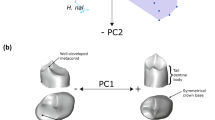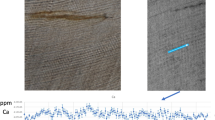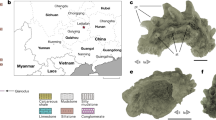Abstract
IN 1888 Poulton, when examining some sections of the head of a young platypus, made the very important discovery of true calcified teeth. In the upper jaw he found evidence of four teeth, and he believed that four would also be found in the mandible. He also says: ” I think that it is probable that the rudiments of teeth may be found anterior at a much earlier stage”.
This is a preview of subscription content, access via your institution
Access options
Subscribe to this journal
Receive 51 print issues and online access
$199.00 per year
only $3.90 per issue
Buy this article
- Purchase on Springer Link
- Instant access to full article PDF
Prices may be subject to local taxes which are calculated during checkout
Similar content being viewed by others
Author information
Authors and Affiliations
Rights and permissions
About this article
Cite this article
BROOM, R. Dentition of Ornithorhynchus. Nature 136, 219–220 (1935). https://doi.org/10.1038/136219a0
Issue Date:
DOI: https://doi.org/10.1038/136219a0
Comments
By submitting a comment you agree to abide by our Terms and Community Guidelines. If you find something abusive or that does not comply with our terms or guidelines please flag it as inappropriate.



